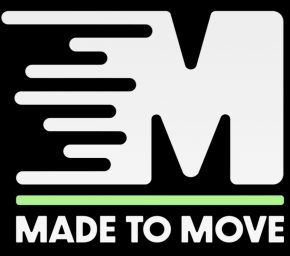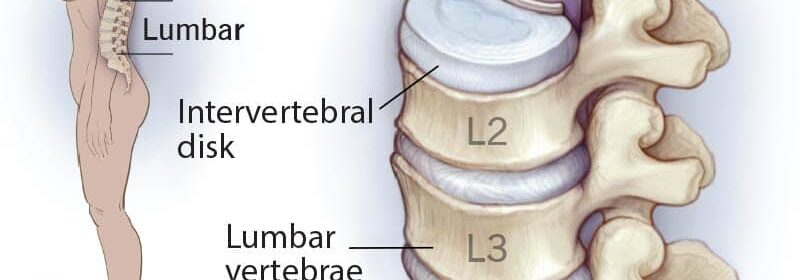Introduction
The lumbar spine is a vital part of the human body. Located in the lower back, it consists of five vertebrae (bones) referred to as L1 – L5. These vertebrae carry the most weight and are the most flexible, allowing movements such as bending and twisting. Due to the flexibility and load-bearing capacity, it also makes the lumbar joint susceptible to injury and wear and tear!
In today’s article, we discuss the lumbar spine in more detail which will give you an insight into how the lumbar spine supports us every day!
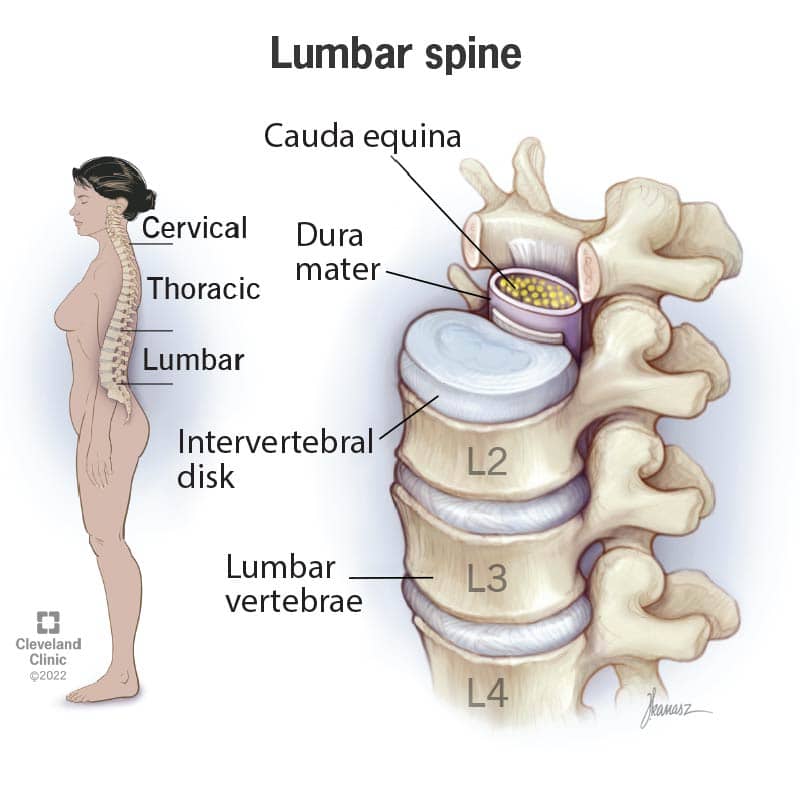
Bones of the Lumbar Spine
The lower back consists of five vertebrae labelled L1 through L5. These bones form the lowest major segment of the spinal column and serve several key functions.
They support much of the torso’s weight, allowing for movements such as bending and twisting. Each vertebrae are separated with an intervertebral disc that absorbs shock and prevents the bones from rubbing against each other.
Between each pair of lumbar vertebrae is an opening called a foramen, through which spinal nerves exit the spinal column (sciatic, iliohypogastric, ilioinguinal, genitofemoral, lateral femoral cutaneous, femoral, obturator and cauda equina). These nerves control the muscles of the lower body and provide sensation to the lower body and legs.
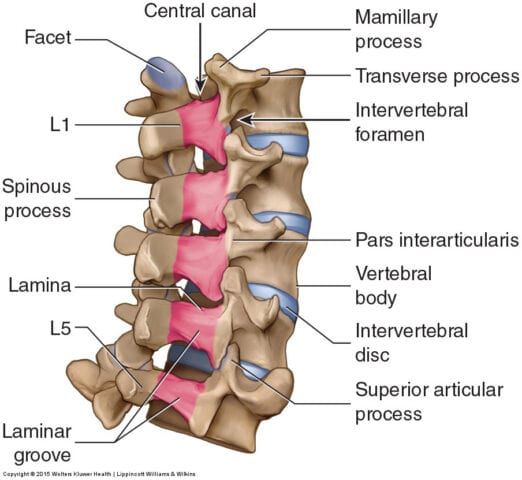
Ligaments and capsules
The ligaments of the lumbar spine include:
- Anterior longitudinal ligament: This ligament runs vertically along the front of the vertebrae, providing stability and preventing excessive backward movement.
- Posterior longitudinal ligament: This ligament also runs vertically but along the back of the vertebrae. It helps to prevent excessive forward movement.
- Ligamentum flavum: These are short, strong ligaments that connect to the side of the vertebrae, providing support and flexibility.
- Interspinous ligaments: These ligaments connect next to the vertebrae.
- Supraspinous ligaments: These ligaments run along the tips of the spinous processes and help maintain the upright position of the head.
The capsules in the lumbar spine refer to facet joint capsules, which are flexible, tough connective tissue that encloses the facet joints. They provide additional stability and contain synovial fluid, which helps to reduce friction and wear on the joint surfaces.
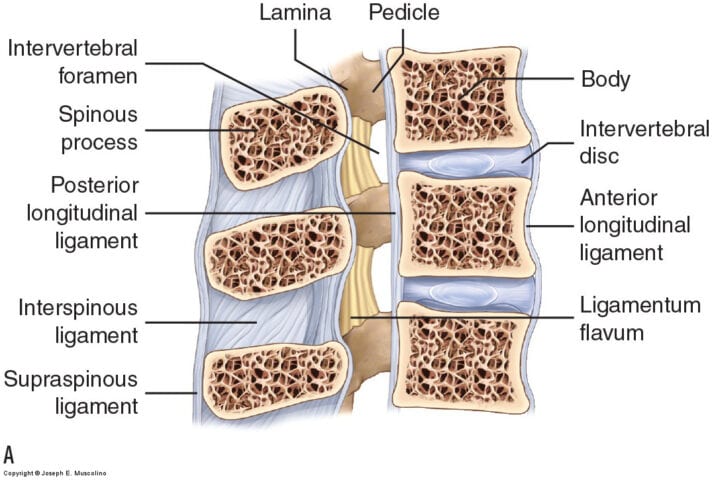
Muscles and tendons of the Lumbar
The muscles of the lumbar spine are divided into several groups: the extensor muscles, the flexor muscles, and the oblique muscles. Some other muscles include the core muscles which are transversus abdominis, lumbar multifidus, internal oblique muscle and quadratus lumborum and they help with controlling and stability of the spine.
The extensor muscles, such as the erector spinae and the multifidus, are located at the back of the spine and help posture and lifting objects. The flexor muscles, such as the psoas major, are located at the front of the spine and assist in bending and flexing the spine and hips. The oblique muscles, such as the internal and external obliques, are located on the sides of the spine and assist in rotating the spine and maintaining proper posture.
Tendons are fibrous tissues that connect muscles to bones. They attach the muscles to the vertebral bones, as well as, connecting the ribs in between with intercostal muscles and the abductor tendons at the pelvis allowing for coordinated movements.
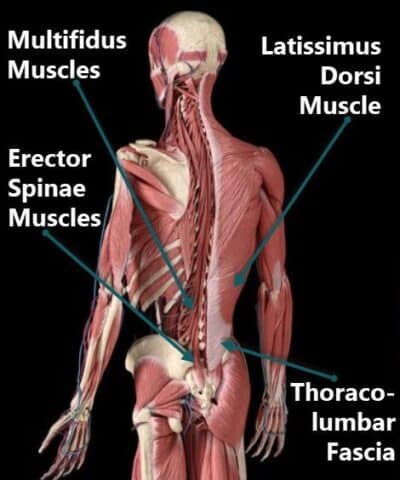
Functions of the Lumbar
The lumbar spine provides several key functions:
- Structural Support: It holds up the upper body, including the weight of the torso, and keeps the body upright.
- Movement: It allows for movement, such as bending, extending and twisting, while maintaining balance and stability.
- Protection: It protects the spinal cord and nerves that run through the vertebrae to other parts of the body.
- Flexibility: The lumbar spine is very flexible, allowing the body to bend forward, backwards, and side-to-side. As it connects to the pelvis, this helps stabilise and carry your body weight and any stress of lifting and carrying items!
- Strength: The large vertebrae and discs can withstand high load and force transfer that is necessary to perform heavy physical tasks.

Summary
In conclusion, the lumbar spine, consisting of five vertebrae in the lower part of the spine between the ribs and the pelvis, provides structural support, movement, and protection of certain body tissues. Understanding its anatomy and functions is essential for your back health and how you can reduce your injury risk in and out of sport!
Stay tuned for our next article to find out how to strengthen these structures and how to reduce your future injury risk.
